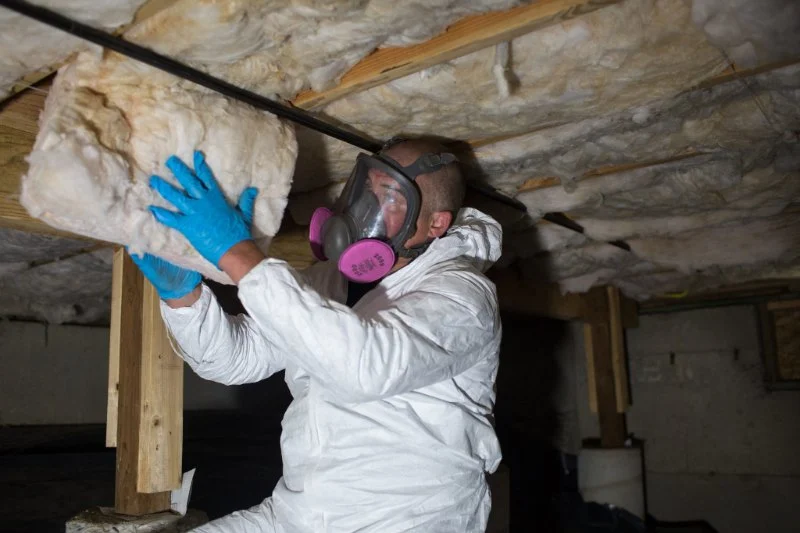
- Understanding Pests in Crawl Spaces
- Why Crawl Spaces Attract Pests
- How to Prevent Pests in Crawl Spaces
- Effective Methods for Controlling Pests
- When to Call Professionals for Crawl Space Pest Control
- Recommended Products for Crawl Space Pest Control
Understanding Pests in Crawl Spaces
Underground crawl spaces are a common problem area in homes, often overlooked and prone to pest infestations. These spaces, typically found beneath the floors of homes, provide a dark, damp, and protected environment that many pests find inviting. Common pests in crawl spaces include rodents, termites, ants, spiders, and even mold and fungi. If not controlled, these pests can cause significant damage to the structure of your home and pose health risks.
Why Crawl Spaces Attract Pests
Crawl spaces naturally provide an ideal habitat for pests due to several factors:
1. Dampness
Crawl spaces are often poorly ventilated and prone to moisture buildup, which is a perfect breeding ground for insects and mold. Pests such as termites, ants, and rodents are especially attracted to these damp areas because they need water to survive.
2. Warmth
In colder months, crawl spaces offer warmth, making them appealing to rodents and other creatures seeking shelter. The warmth from the foundation of your home radiates into these spaces, providing a cozy environment for pests.
3. Easy Access
Crawl spaces usually have easy access points, such as vents, gaps in the foundation, or open entries. These openings allow pests to enter your home undetected. Once inside, pests can quickly multiply and establish nests in these dark, secluded areas.
How to Prevent Pests in Crawl Spaces
Prevention is the first and most effective line of defense against pests in crawl spaces. By taking a few simple measures, you can deter pests from making themselves at home under your house.
1. Seal Entry Points
The most important step in preventing pests is to seal off all possible entry points. Inspect your crawl space for cracks, gaps, or holes in the foundation or vents and seal them with caulk or foam. Use steel mesh to cover vent openings to prevent rodents and larger pests from squeezing through.
2. Improve Ventilation
Good airflow is essential to prevent moisture buildup in crawl spaces. Install vents to improve air circulation, and consider using a dehumidifier to maintain a dry environment. A dry crawl space is far less inviting to pests like termites and mold.
3. Install Vapor Barriers
Install a vapor barrier on the ground in your crawl space to reduce moisture levels. This plastic sheeting will help prevent water from seeping into the crawl space, keeping it dry and less hospitable to pests.
4. Remove Debris
Pests are often attracted to debris such as leaves, cardboard, and firewood piles. Keep the area around your crawl space clear to eliminate potential hiding spots for pests. Regularly check for any organic matter that may accumulate in or near the space.
Effective Methods for Controlling Pests in Crawl Spaces
If pests have already invaded your crawl space, it’s time to take action. There are several methods you can use to control pests and eliminate them from the area.
1. Use Traps
If you’re dealing with rodents or insects, traps can be an effective way to control their population. Rodent traps can be placed in strategic locations where pests are likely to travel. For insects, sticky traps or pheromone traps can be used to catch pests like ants or termites.
2. Apply Insecticides
Insecticides can be used to treat specific pests such as ants or termites in your crawl space. Be sure to choose an insecticide that is safe for indoor use and effective against the pests you are targeting. Always follow the manufacturer’s instructions for application.
3. Bait Stations for Rodents
For rodent infestations, bait stations are an excellent choice. These traps are designed to attract rats and mice, who consume the bait and then return to their nests, where they die. This can significantly reduce the rodent population in your crawl space.
4. Natural Pest Control
If you prefer eco-friendly methods, natural pest control solutions are available. Diatomaceous earth, for example, can be spread around the crawl space to kill insects by damaging their exoskeletons. Essential oils like peppermint or eucalyptus can also deter pests naturally.
When to Call Professionals for Crawl Space Pest Control
While DIY methods can help control minor infestations, some pest problems may require professional intervention. If you notice significant damage to your home’s structure, such as wood damage from termites or mold growth, it’s important to call a pest control professional. They can assess the situation and apply more advanced solutions to eliminate the pests and prevent future infestations.
Recommended Products for Crawl Space Pest Control
When it comes to pest control, choosing the right products is key. At PestControlHub, we offer a range of high-quality pest control solutions for crawl spaces. From rodent traps and insecticides to vapor barriers and dehumidifiers, we have everything you need to protect your home from pests. Visit us for expert recommendations on the best products for your crawl space pest control needs.


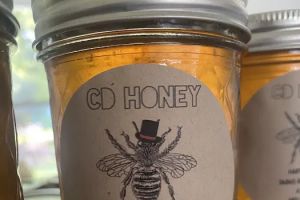
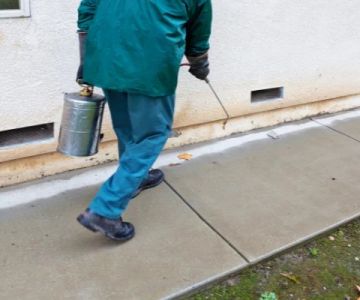

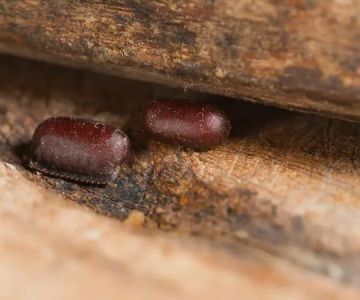
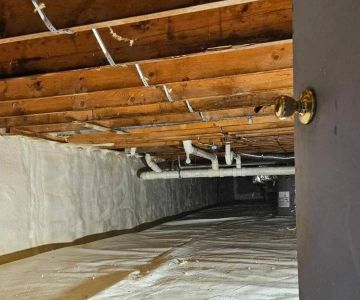


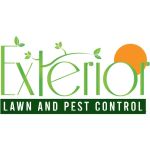 Exterior Lawn & Pest Control5.0 (28 reviews)
Exterior Lawn & Pest Control5.0 (28 reviews) Greenix Pest Control4.0 (371 reviews)
Greenix Pest Control4.0 (371 reviews)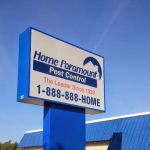 Home Paramount Pest Control4.0 (60 reviews)
Home Paramount Pest Control4.0 (60 reviews) Museum City Pest Control Solutions4.0 (9 reviews)
Museum City Pest Control Solutions4.0 (9 reviews) Absolute Pest Management LLC4.0 (12 reviews)
Absolute Pest Management LLC4.0 (12 reviews) Northwest Exterminating - Ringgold4.0 (85 reviews)
Northwest Exterminating - Ringgold4.0 (85 reviews)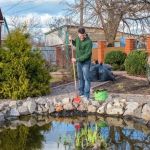 How to Deal With Pest Infestations Near Water Features
How to Deal With Pest Infestations Near Water Features How to Prevent Pest Infestations in Flower Beds: Expert Tips for Healthy Gardens
How to Prevent Pest Infestations in Flower Beds: Expert Tips for Healthy Gardens How to Control Pests in Underground Crawl Spaces: A Comprehensive Guide
How to Control Pests in Underground Crawl Spaces: A Comprehensive Guide How to Address Pest Issues in Spring Planting for Healthy Gardens
How to Address Pest Issues in Spring Planting for Healthy Gardens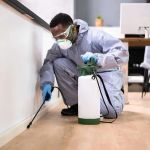 The Cost of Pest Control: What You Should Expect to Pay
The Cost of Pest Control: What You Should Expect to Pay How to Choose Between Bait and Spray for Ants: Effective Solutions for Your Home
How to Choose Between Bait and Spray for Ants: Effective Solutions for Your Home